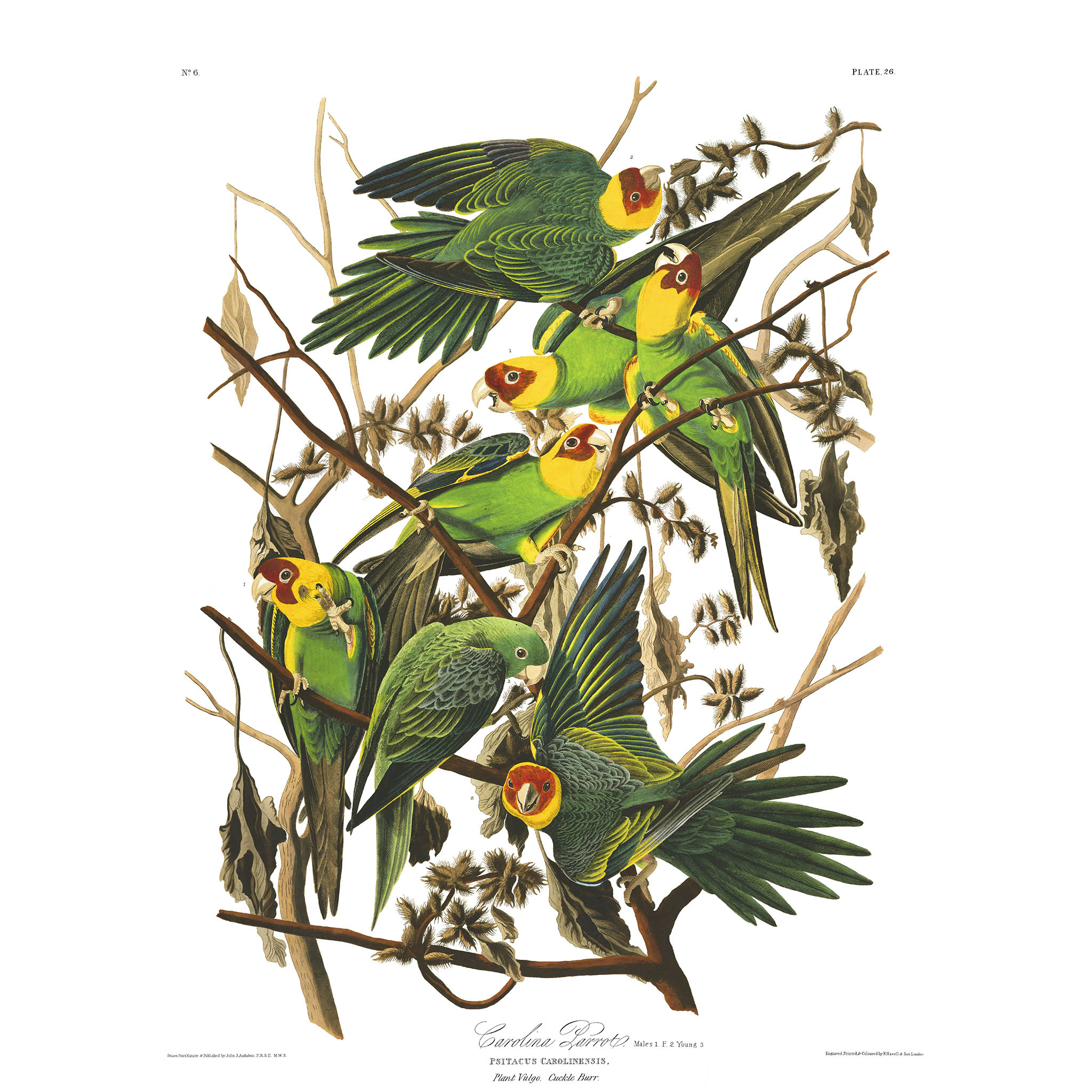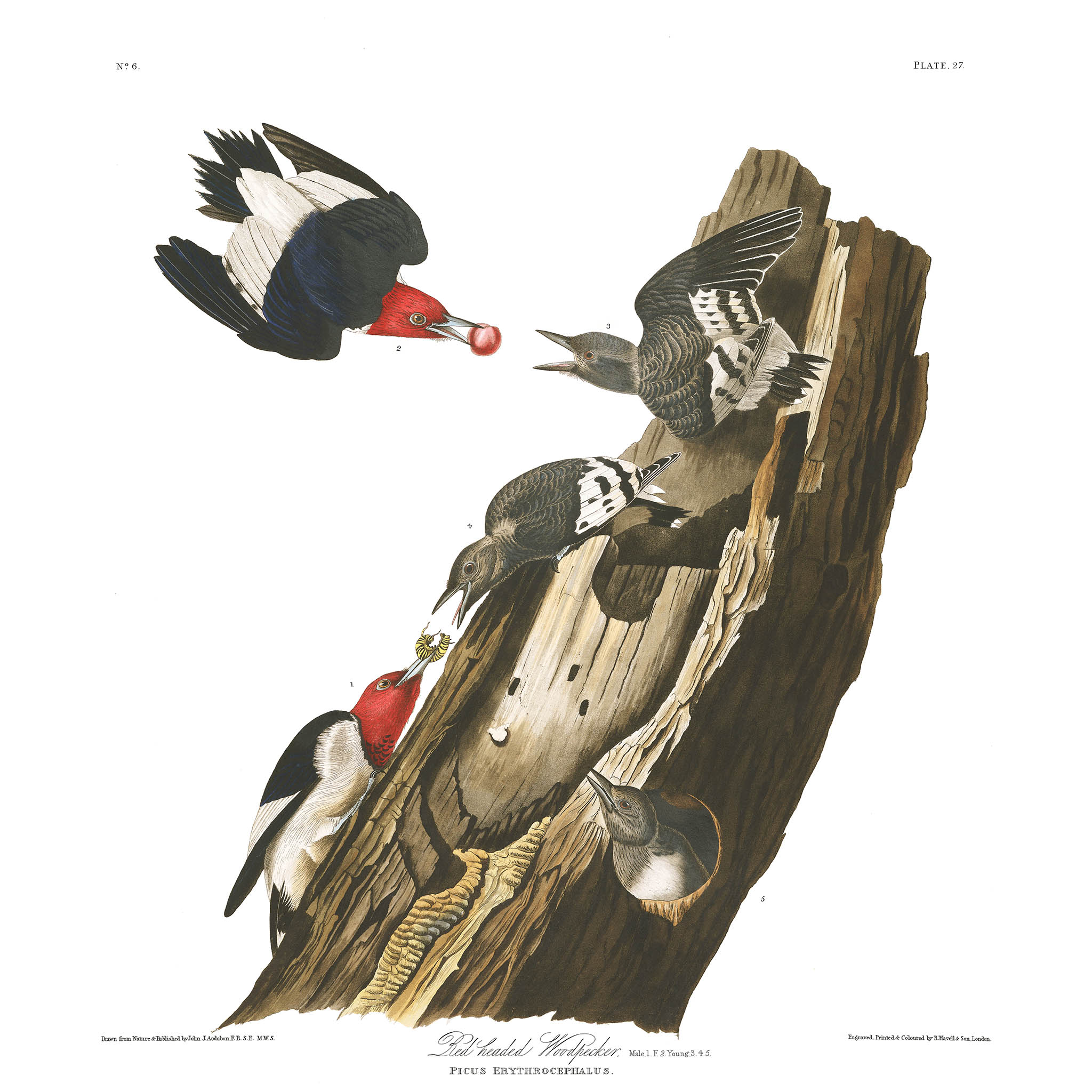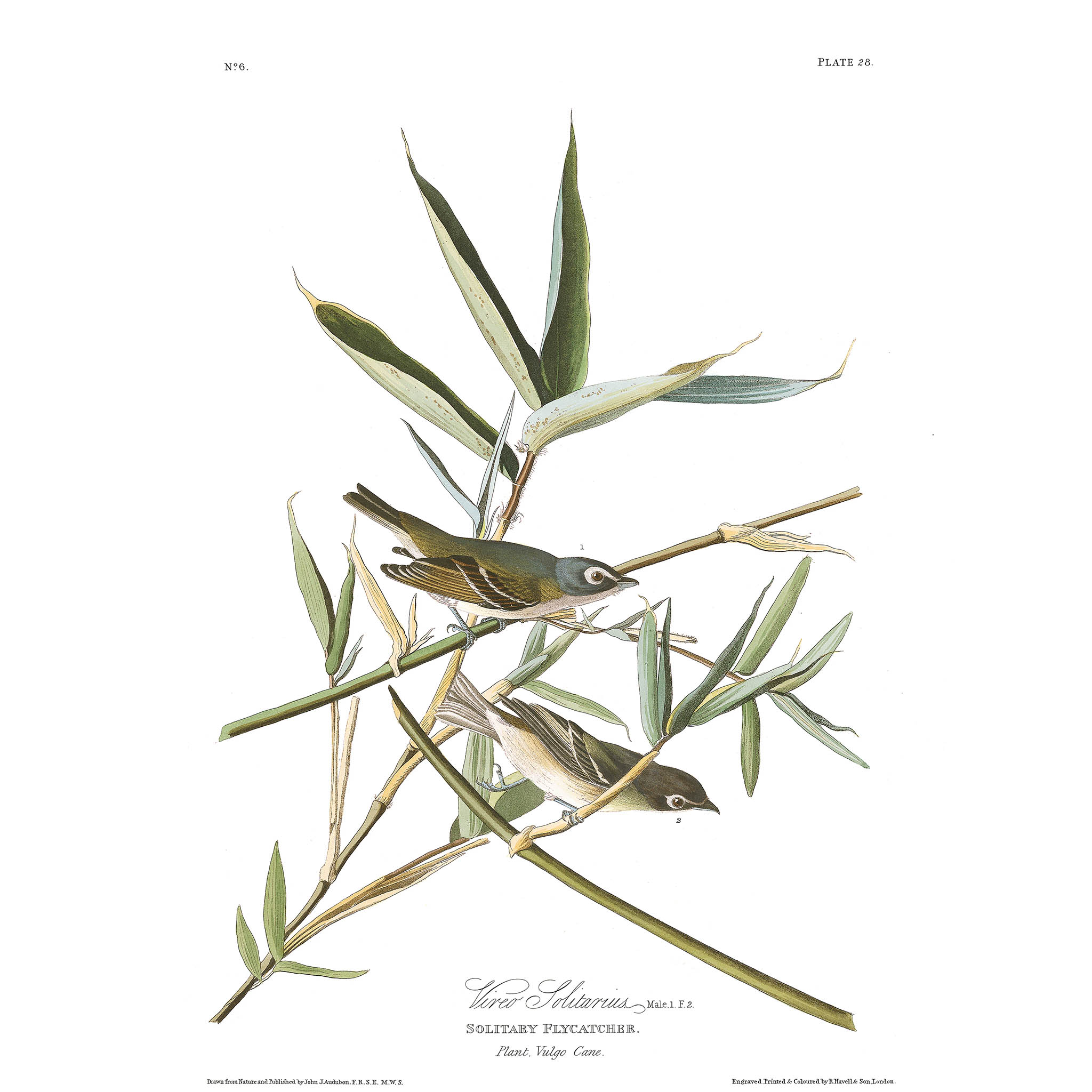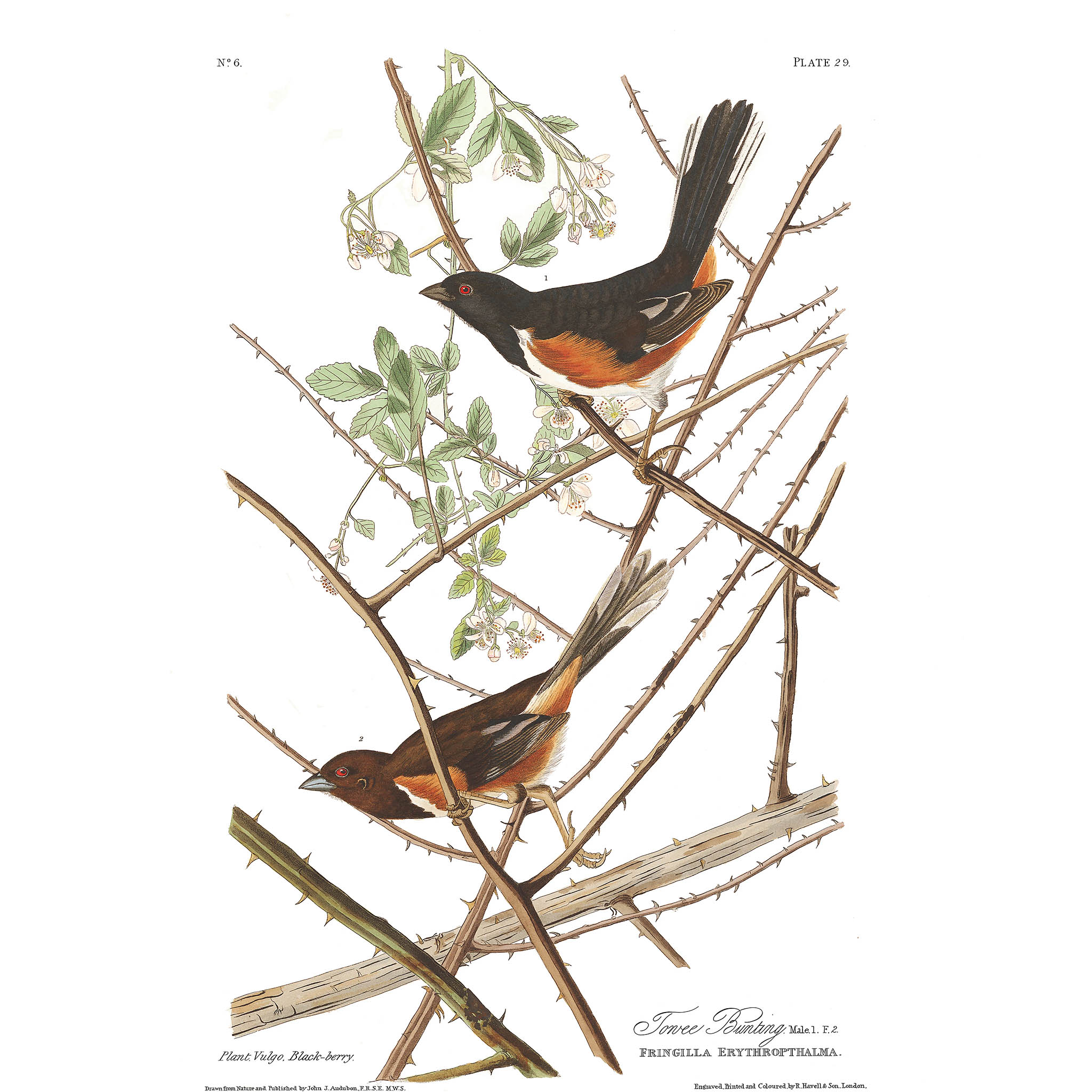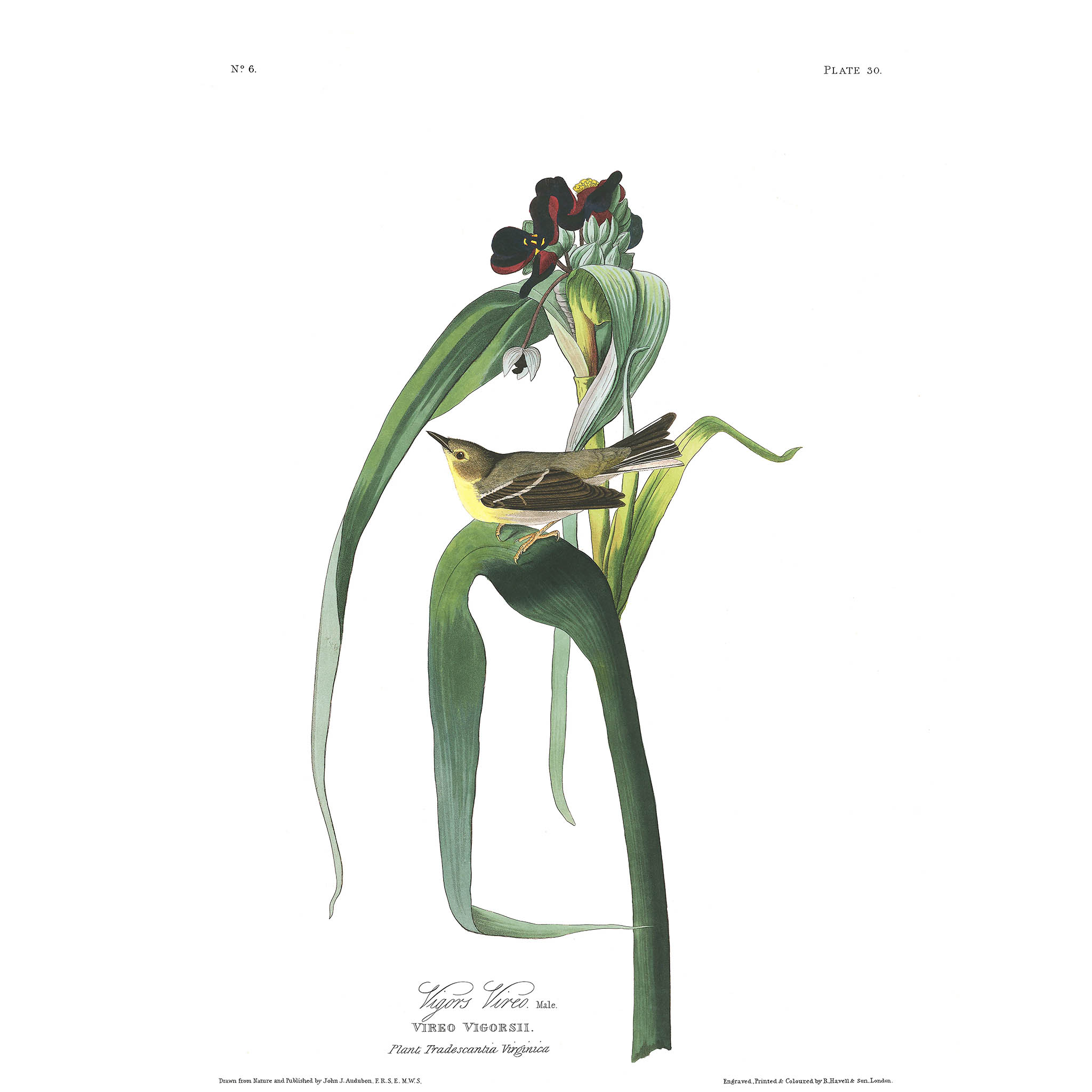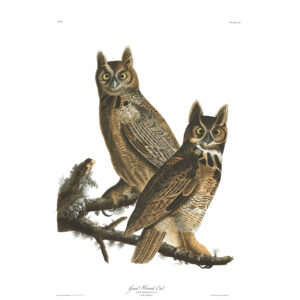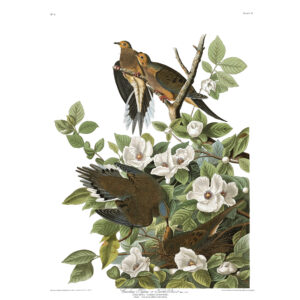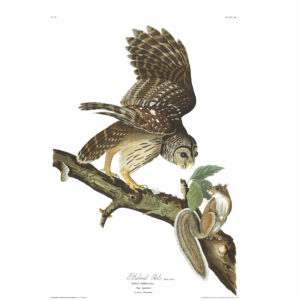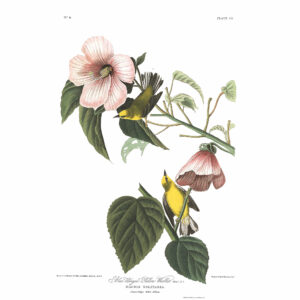Birds of America Volume 1 (Plates 26-30)
Adopt-an-Audubon Plate sponsor benefits:
- Credit on the bird label whenever it is exhibited
- Recognition on the Museum’s digital donor board in the main lobby
- Museum individual plus membership for 2 years (maximum of 2 years)
- For adoptions of $6,000 or more, a copy of our 250th anniversary book, The Charleston Museum: America’s First Museum
- For adoptions of $9,000 or more, an invitation to a private “behind the scenes” tour, for up to 4 people, of the Museum Archives and Collections Storeroom
For tax purposes, The Charleston Museum is recognized as a 501(c)(3) nonprofit organization by the Internal revenue Service, and your gift may be tax deductible. Please consult your tax advisor for further information.
Our Adopt-an-Audubon Plate Program is a means to support the Museum’s Archives collections and should in no way be construed as obtaining an ownership interest in these collections.
Plate XXVI
Carolina Parrot
Drawn from Nature & Published by John J. Audubon
Engraved, Printed & Coloured by R. Havell & Son
Well, reader, you have before you one of these plants, on the seeds of which the Parrot feeds. It alights upon it, plucks the bur from the stem with its bill, takes it from the latter with one foot, in which it turns it over until the joint is properly placed to meet the attacks of the bill, when it bursts it open, takes out the fruit, and allows the shell to drop.
The flight of the Parakeet is rapid, straight, and continued through the forests, or over fields and rivers, and is accompanied by inclinations of the body which enable the observer to see alternately their upper and under parts. They deviate from a direct course only when impediments occur, such as the trunks of trees or houses, in which case they glance aside in a very graceful manner, merely as much as may be necessary.
– John James Audubon
Plate XXVII
Red headed Woodpecker
Drawn from Nature & Published by John J. Audubon
Engraved, Printed & Coloured by R. Havell & Son
The Red-heads (by which name this species is usually designated) may be considered as residents of the United States, inasmuch as many of them remain in the Southern Districts during the whole winter, and breed there in summer. The greater number, however, pass to countries farther south. Their migration takes place under night, is commenced in the middle of September, and continues for a month or six weeks. They then fly very high above the trees, far apart, like a disbanded army, propelling themselves by reiterated flaps of the wings, at the end of each successive curve which they describe in their flight.
– John James Audubon
Plate XXVIII
Vireo Solitarius
Drawn from Nature & Published by John J. Audubon
Engraved, Printed & Coloured, by R. Havell, Jr.
Plate XXIX
Towee Bunting
Drawn from Nature & Published by John J. Audubon
Engraved, Printed & Coloured, by R. Havell, Jr.
The flight of the Towhe Bunting is short, low, and performed from one bush or spot to another, in a hurried manner, with repeated strong jerks of the tail, and such quick motions of the wings, that one may hear their sound, although the bird should happen to be out of sight.
– John James Audubon
Plate XXX
Vigors Vireo
Drawn from Nature & Published by John J. Audubon
Engraved, Printed & Coloured, by R. Havell, Jr.
$3,000.00
Out of stock


